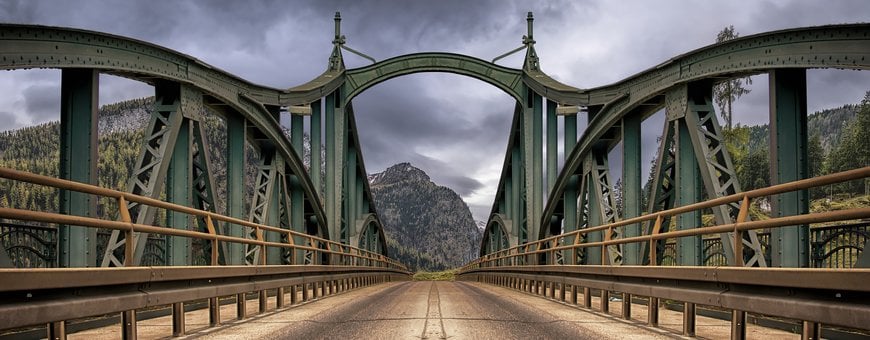www.industry-asia-pacific.com
12
'21
Written on Modified on
Keeping our bridges standing
Taking on the challenge of unmonitored concrete assets.

Most bridges are constructed using steel rebar reinforced concrete, many of these structures use cathodic protection (CP) systems to keep the vital steel reinforcement from corroding. Here, Gary Bradshaw, director of remote monitoring specialist Omniflex, discusses the problems inherent to CP system monitoring, and describes the modern approaches that make it feasible.
With tens of thousands of these types of bridges in the UK alone on our roads, rail and canal networks, the sheer scale and quantities of these structures has no true comparison anywhere else in engineering. Just the road infrastructure in the UK stretches over thousands of miles, and all of which needs to be carefully maintained and continuously monitored.
A big part of keeping road infrastructure standing and safe over many decades is by using CP, both impressed current (ICCP) and galvanic CP. These systems induce a positive charge in the reinforcing steel rebar, which repels the positively charged chemical radicals that would normally corrode the steel. In ICCP systems this charge is induced by external power supply, while galvanic systems use a sacrificial anode, formed from a material with a greater electrochemical potential than the steel rebar, such as zinc.
Unmonitored variables
England’s road network executive agency, Highways England, recently published CD 370 Revision 2, a design document for CP systems for their reinforced concrete highway structures. This document clearly states on section 4.13 that “All CP systems shall be designed with full system monitoring” This is due to the fact that they discovered “Historically, some galvanic systems have been installed without any monitoring facilities; this approach has prevented accurate performance assessment of these systems and negated any potential benefits associated with an evidence-based management strategy.”
A Sisyphean task
So, how are you supposed to know if a CP system is even working if it is not being monitored?
When left unmonitored, there is no way to be sure that the system is functioning. It could have been damaged, or could even have not been installed incorrectly in the first instance — the install-and-ignore approach leaves endless scope for malfunction while exhibiting no external warning signs until it is too late.
When compared to impressed current CP systems, remotely monitoring galvanic CP systems is a far more difficult proposition, because they work with passive electrochemical currents. This makes them ideal when power and telecom access is not available, but is can be very costly and time consuming for the engineers who need to travel to the structure and physically measure the galvanic CP current with a multimeter.
Furthermore, there may be hundreds of discrete galvanic CP circuits on a bridge, which quickly adds up across the tens of thousands of bridges in the UK.
Using the data highways
So, how do you monitor tens of thousands of critical assets, spread over thousands of miles and often found in remote places? One way is to send the monitored data over the internet.
Omniflex’s iGAL Galvanic CP Monitor is unique in this arena. It is battery powered so can be installed quickly and easily. It really is as simple as connecting up the anodes, reference electrode half-cells and switching it on.
The wireless and SMS capabilities further remove the requirement for any local networks. Instead, the iGAL transmits its data entirely wirelessly to the web based PowerView CP portal, which can be accessed through a web browser via a secure password from anywhere across the globe.
By using galvanic CP remote monitoring systems like the iGAL, the imposing, intensive and time-consuming job of physically monitoring galvanic CP assets becomes so much easier. Instead of jumping in the van and closing part of the highways to physically measure CP equipment, thousands of times over, engineers can monitor CP assets from anywhere in the world through the PowerView CP portal. Any problems are immediately reported by SMS and emails and tests can be remotely performed.
It’s remarkable the work that goes into keeping seemingly stationary pieces of infrastructure safe and standing. CP is crucial to keep these assets structurally sound, but remotely monitoring them to ensure they’re working as they should is just as crucial.
www.omniflex.com

